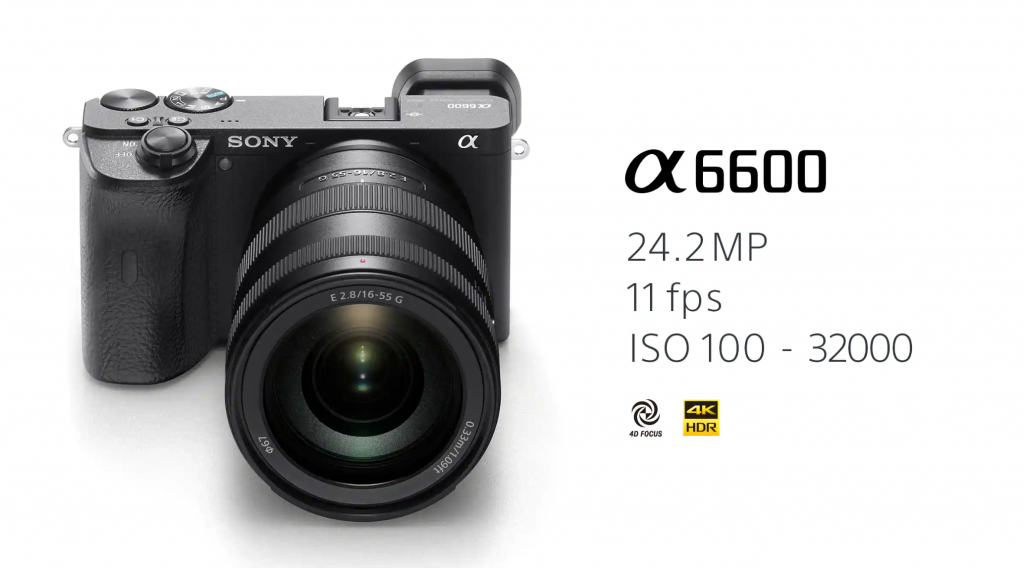
Check Price On Amazon
The Sony A6600, which is located right on top of the Sony APS-C line-up for passionate photographers, is designed for those who want a top-class camera but cannot extend to full-screen options like the Sony A7 III.
Sony always announces their products one after the other and the A6400 was also quickly followed by the A6600. It also has the same 24.2 MP APS-C sensor along with the Bionz X processor that was found in the flagship model of A9 II. The A6600 has a set of features inherited from the A6400 and offers a number of new features, including in-body image stabilization and greater batteries.

These features were once sufficient to see the A6600 dominating the mid-range mirrorless, such as the renowned NEX series and before it the popular Sony A6000.
However, the competition is getting tougher and tougher because other popular brands like Fujifilm, Canon and Nikon are bringing their new products as well. Especially the Nikon Z50 has come along with its own APS-C mirrorless model.
So, Sony’s A6600’s impressive specs are enough, because it has clanged itself to the same formal factor for its APS-C series cameras for the last decade?
Features
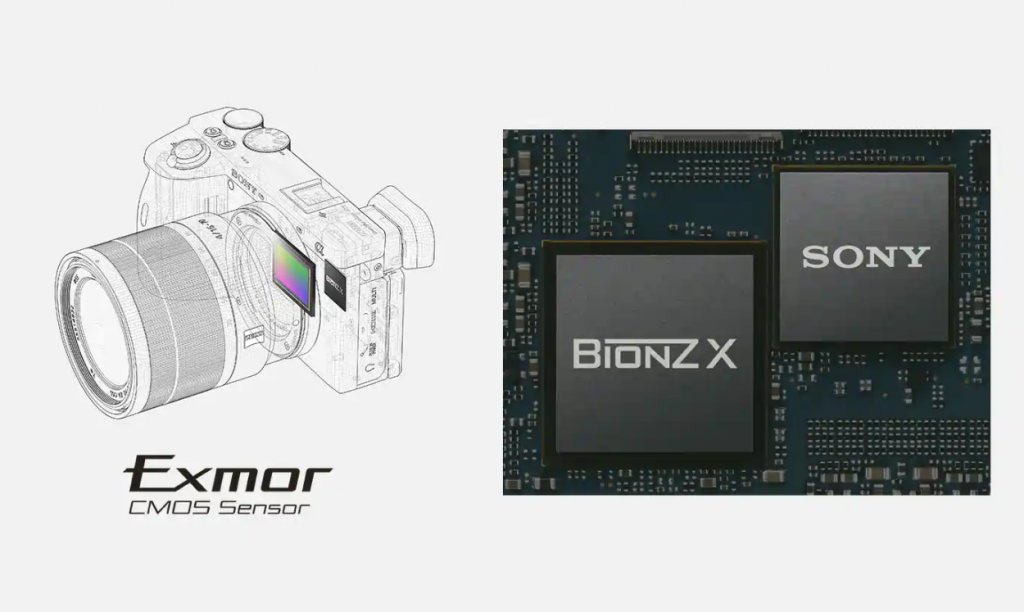
The 24.2 MP sensor is right at the top of the Sony A6600 and it is the same sensor that was found in Sony A6400 and Sony A6100. These were the entry-level models released at the same time as this A6600.
The Bionz X processor is also here in the full-frame A9 II and it also helps in bringing the impressive burst speed of 11 fps that too in the A6400. Another similar spec is the 2.36 million dot 0.39-inch viewfinder, which is supported by a touch-sensitive 3-inch tilting screen.
An additional shared spec is a hybrid self-focus system with 425 phase and contrast-detection points covering 84% of the scene. Furthermore, the A6400 and the A6600, as well as the A6100, have a 4K video up to 30fps, with maximum pixel reading and no pixel binning.
So what are these extras of this flagship model? The A6600 also shares with another Sony full-frame, the Sony A7R IV, in addition to adding HDRs and real-time AB videos. This includes new features, including photos of body stabilization, so you don’t need to rely on lens stabilization alone.
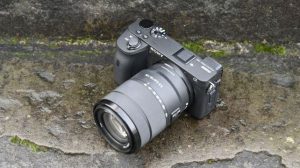
In terms of construction and handling, we will cover the next section; there has also been some tweak, while the new battery on the A6600 boosts the battery life to an impressive 720 shots a charge. There is also a headphone socket that’s probably useful for video shooters.
You can call this A6600 an upgraded model of A6400 because it almost carries the same features, however, the little changes and upgrades are there in the A6600 and it depends on your shooting style to decide whether the changes are worthy or not. These test images were captured using 18-135mm lenses, almost every shot.
The luxuries of using Sony cameras are immense. You will gain access to a wide range of optics, including specialist lenses for macro and wide-angle shots with a lot of primes.
Build and handling
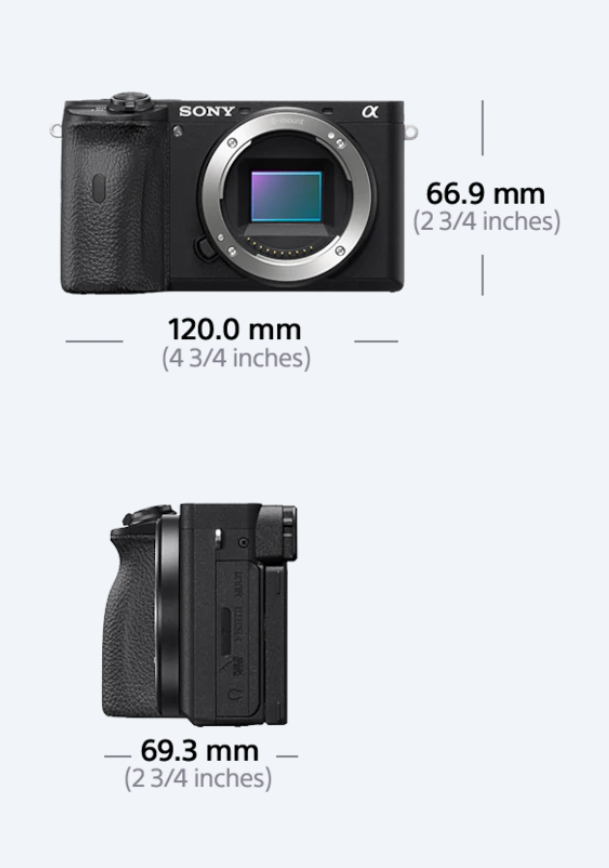
Sony is a leader in camera technology and over the past decade, we have come across several developments. We can call these Sony guys as the real ‘Pioneers’ in this field. Though, frustratingly, for the Sony A6000 series, it has been determined that this technology is still in a body that seems obsolete over the years.
Like all the other cameras in the line, we can spot a pretty much similar and plain design in the Sony A6600 as well. The viewfinder is situated on the left. If you are comparing the Sony A6600 with the other APS-C models like Fujifilm X-T3, Nikon Z50 and the Canon EOS M50, there’s a lot of difference and it is not for good.
There’s a huge advantage as well in this Sony A6600 model as it has a room for a larger battery that makes its stamina even better. You’d see two dials on top of the camera. The first one is used for exposure mode whilst the other one is for changing settings depending on the shooting mode that is being carried out.
We’d rather see a secondary button at the top of the grip to modify another setting, which is handy if you’re looking to shoot manually. As it is, you have to use the scrolled wheel in the back of the camera in conjunction with the top dial. To be honest, it feels extremely awkward when shooting through the viewfinder.
Some buttons are also managed towards the right-hand side of the camera along with two customizable buttons at the top. The buttons in the Sony A6600 are a little bit on the smaller side but, they’re not so badly cramped as well. However, we’d like to have a joy-pad to control the focus point and navigating around menus.
You will also get a menu with a lot of customizable options and these settings can also be personalized, so you can turn off anything that you don’t use so much. With their cobbled menu systems, Sony has got a little credibility – and the A6600 doesn’t really do any better.
You will find a lot of tabs to navigate through but some features are secretly hidden under bafflingly-named settings. E.g. you can switch off the AF beep through the audio signals.
One thing that we had to do a little bit too frequently was to dive into the main menu to switch between Human Eye AF and Animal Eye AF. Touch screen technology took Sony a lot longer, but even now it fails to apply it correctly.
You may tap to set the AF point but cannot navigate the menus using the Touch screen, swipe pictures or pinch to zoom, all things on other cameras and on our phones that we usually take for granted. The screen of the A6600 is inclined up and down. Also, you can lift it face-up and while it is somewhat blocked by the viewer, it’s better than a video film tilt on the bottom, which makes you unable to use a tripod.
With a screen size of three inches and an aspect ratio of 16:9 means that the central portion is used to display the image preview when shooting in 3:2 hence, making the preview much more smaller. The viewer is operational, but although it has the same resolution and physical size as the Nikon Z50, you won’t get the level of comfort as its competitor.
Performance

Sony cameras are perfectly suitable for sports and action photography because its class-leading A9 II full-frame camera is earning praise in this category. Of course, the services available here are not as scintillating, but the A6600 is a lot for enthusiasts or lovers of moving photography.
If you want to shoot silently, the camera can collect 11fps and 8fps. Buffer capacity of 116 shots in JPEG or 46 in raw, can be achieved with short explosions to capture fast movement.
The images take some time to process and you’d see that after capturing a few pictures. The display will indicate the processing of images and it’s extremely unfortunate not to have a UHS-II card that will finish this process quickly. It means you’d have to stay patient throughout if you’re using this camera regularly.
One of the main features of a good camera is focusing and it is extremely fast in this Sony A6600. Both Eye AF, as well as Animal Eye AF, is impressively fast to take the eye and lock it.
Another point of concern is that the user will have to switch between the Human and Animal modes in the main menu especially if both the subjects are appearing in the same frame. However, we’re hoping for an upgrade that will see the camera getting switched automatically.
Also, we’re not sure about the AF function for all the animals. We believe that it is only restricted to domestic pets like cats and dogs.
Basically, it is bad news for wildlife photographers and other pets like birds, swans and ducks are not compatible with its functionality. If the subject is not moving in an irregular style then the tracking focus does an excellent job following it.
Another sad story is that the tracking focus might not be able to work completely if you have an Animal Eye AF on. A running animal can give you a lot of amazing shots but sadly the A6600 won’t be able to track it down. We’re hoping for an upgrade in the firmware. However, the AF does a pretty great job of tracking a moving animal, if not the eyes, without the Eye option.
Sony has used a bigger battery in size in its A6600 and the battery can last up to 24 hours even if you’re shooting throughout the day. It also means you don’t need to carry extra chargers for travel, which always is a bonus because you can charge the battery in the camera.
Image quality

In view of the way in which Sony has advanced sensor technology into the rest, the A 6600 is a little surprising to find that Sony is sticking with a 24MP sensor. Since the days of the NEX-7, which was released in 2011, its APS-C cameras have been using a 24MP sensor.
There’s a common feeling or mindset regarding the Sony cameras and they feel that a normal photographer doesn’t need anything higher than the 24 MP camera. A 24 Mega Pixels is fine as most of the companies are giving the same service. However, the Fujifilm X-T3 has released its camera with a 26.1 MP sensor.
However, Sony A6600’s sensors are not bad at all. They also perform outstandingly well with minute details presented brilliantly. The colors are also nicely soaked without giving an unrealistic appearance.
With its 18-135mm lens kit, you can expect a solid performance from the Sony A6600 as the same range of kit will help you capture a wide range of subjects.
The focal length of 27-202mm is very much ideal for landscape photography and also it will provide great results when you take a shot at nature or wildlife through wide angles.
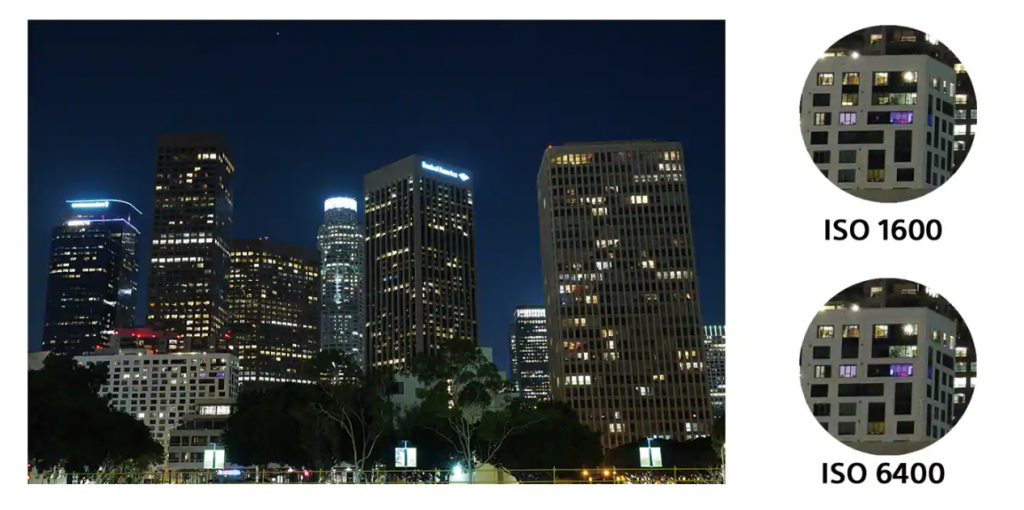
The 70-350 mm f/4.5-6.3 G OSS lens was also used, which makes the wildlife even better-particularly when you consider that an APS-C sensor’s crop factor enhances reach to 105-525 mm. Overall, the performance of the Sony A6600 is not bad at all and one must keep an eye on the exposure compensation in some situations.
The Dynamic Range Optimizer should always be switched on and set to Auto because it does a great job of balancing out shadows and highlights.
There’s a great benefit in the A6600 that is its ability to perform in low lighting conditions. Also, the noise is pretty well managed up to around ISO 6400 when it starts to become quite clear even at relatively small sizes like the A4.
There is a great trend of sharing your photos and memorable snaps on social media. However, even images shooting at ISOs up to 25600 can be used when you share online images using social media. However, if you’re not desperate, we suggest that you avoid ISO 51200 and above.
The in-body stabilization is a great tool that gives you a lot of scopes to shoot at slower speeds than you actually do on normal occasions. So, if you’re shooting in low light then the Sony A6600 should be your automatic choice rather than the quite similar A6400.
Verdict

This Sony A6600 cannot be taken lightly because it gives you multiple options and features. The autofocus and tracking capabilities are immense as well and the battery life is also remarkable, to say the least for a mirrorless camera.
Nonetheless, camera use can be a frustrating experience thanks to different handling techniques of the A6600 and thus other models that offer similar performance in a user-friendly body can be easily recommended.
The Fujifilm X-T3 is the obvious competitor, although rumors of launching the Fujifilm X-T4 are worth remembering. With the need to stabilize the image in-body for video and low-light shooting, it won’t be very difficult for us to take the A6600 instead of its sibling A6400.
You get the same quality of the image; the same frame rates and indeed the same body sensor, even if you have lower battery life. It’s unfortunate to see a rather foot and sight screen on a camera that isn’t much change for $1,400 / £ 1.500 / AU€2,400 and just a single UHS-I SD card slot.
The most important thing in a camera is its kit lens and the range of lenses available for Sony cameras is huge. You won’t find any hurdles in pairing the lens with the A6600 and the bundle of 18-135mm lens is a great option to be taken on trips and tours to cover a wide range of subjects.
Sony cannot be lauded for its dedication to improving camera efficiency through an innovative approach – we simply wish that creativity could be applied to body design for APS-C cameras such as the Sony A6600.